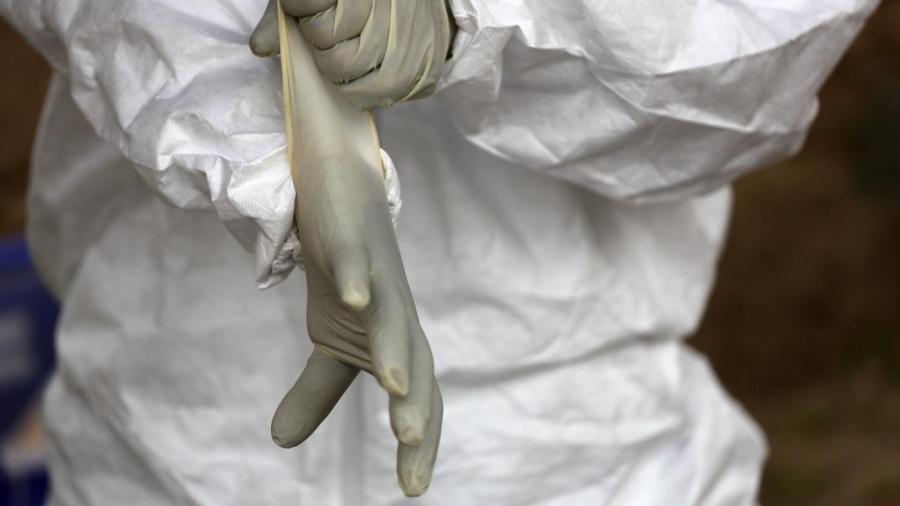How Is Chromatography Used in Forensic Science?

Chromatography is used in forensic science to identify drug use, differentiate between different bomb powders and highlight the chemical composition of different substances. As an approach that allows forensic scientists to separate chemical components, chromatography either detects the substance immediately, or it makes it easier to move onto a precise test.
Using thin layer chromatography, scientists can track down bank robbers. Some banks place red dyes in the middle of note bundles, which explode like a small bomb when robbers take them. When someone robs a bank, the teller ensures one of these bundles is handed over to them. Although this red dye explodes and indicates that the robber is guilty, chromatography is needed to differentiate between the dye and other sources of red staining. As no other dye has the same composition as the one banks use, identifying it is a simple way to obtain evidence.
Chromatography is also used to differentiate between gun and bomb powders. Chemists submerge the powder into a solvent, which may cause them to break down into smaller parts. The smaller constituent parts are then placed in a high performance liquid chromatography machine, which submits them to forces that make them move in and out of a tube. By recording the rate at which these substances move and measuring them against established retention times, it is possible to identify the powder type.
Drug testing is a common chromatography application in forensic science. By placing drug extracts on silica material and placing it in a solvent, scientists can track the movement of molecules and measure them against known drug patterns.





